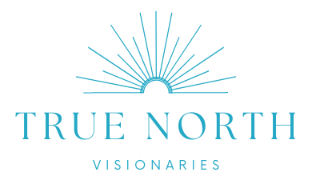Strategic planning and visioning are two related but distinct processes that are often used by businesses and organizations to achieve their goals. Strategic planning involves the development of a specific plan to achieve a specific set of goals or objectives. It involves analyzing the organization's current situation, identifying its strengths and weaknesses, setting goals and objectives, and developing a plan of action to achieve those goals.
Goals are always measurable and concrete. For example, “launch and achieve 1 million app downloads by 2024”.
Visioning, on the other hand, is a more creative and inquisitive process that involves imagining and expressing the organization's desired future state. It involves creating a vision or a mental picture of what the organization looks like in its most successful state in the future, and then using that vision to guide decision making and action.
We know it works and is ROI positive when done well
Zingerman’s does this so beautifully. In the many years I worked for this incredible organization, forward-thinking and grounded in historic roots, I witnessed how Visioning can make business decisions easier. Operating 5-20 businesses from 1994 to date, Zingerman’s is proof that a strong Vision can tie a business and a community together. The 2032 Zingerman’s Vision is incredibly detailed, yet also broad, leaving room for what “delicious food” could mean in the future.
Use both for optimum effect
When you open your map app to get directions to a destination, The first step isn’t actually typing in the destination – it’s setting your current location, so the directions begin where you’re starting from. If strategic planning is charting the roadmap, the Vision is the picture of the current location and the desired destination – your definition of success.
Strategic planning is focused on the present and the immediate future, and involves an analytical and logical approach, outlining specific steps it takes to accomplish an objective. Visioning is more focused on the long-term future, and involves a more creative and intuitive approach, tapping into your core values as a business owner and entrepreneur to guide your company’s definition of success. Both processes are necessary for the success of an organization, and are often used together to create a decision-making rubric for achieving the organization's goals.

